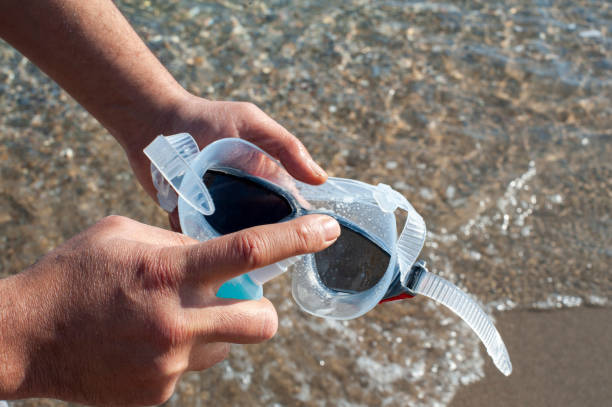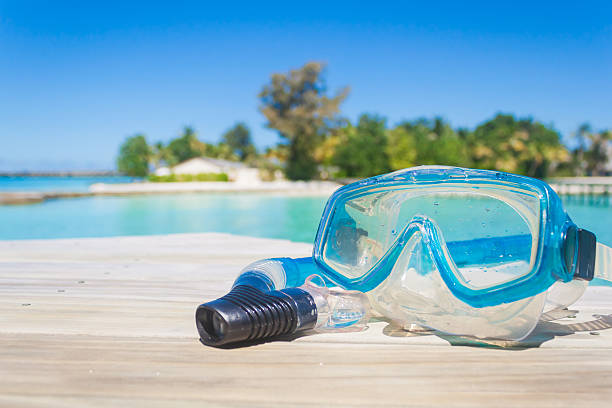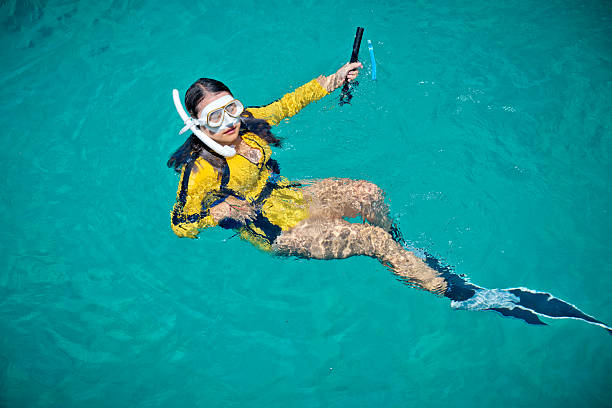Whether you’re a beginner snorkeler, a recreational scuba diver, or a technical freediver, selecting the right diving mask is essential for both safety and comfort. Diving masks are far more than just underwater goggles—they are your underwater window, and choosing the wrong type can ruin an otherwise perfect dive. In this guide, we’ll explore 10 different types of diving masks and provide practical tips to help you choose the one that suits your diving style best.
What Are Diving Masks and Why the Right Type Matters
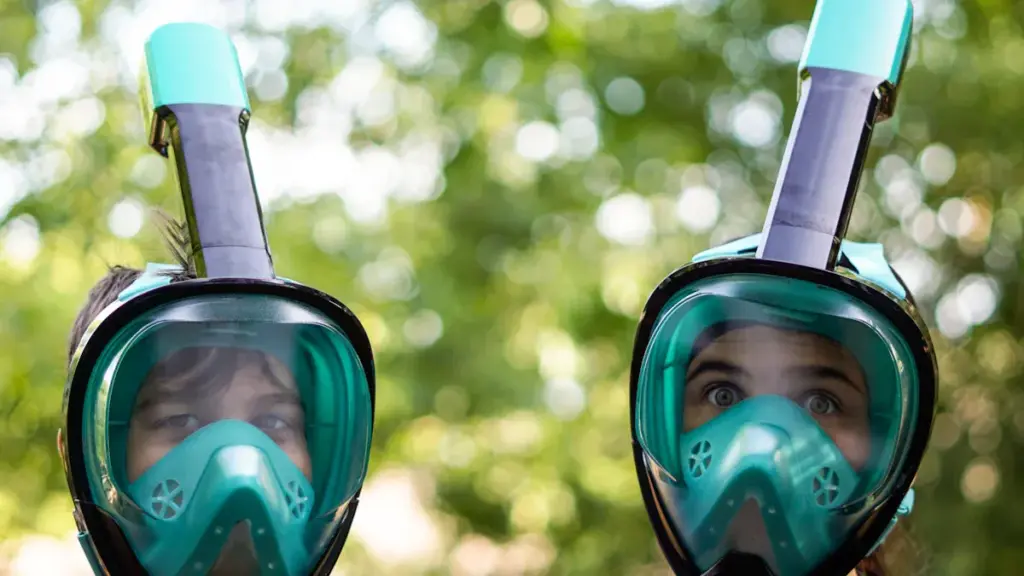
UM máscara de mergulho creates an air space in front of your eyes and nose, allowing you to see clearly underwater. It typically includes a skirt (seal), lenses, a nose pocket, and a strap. The wrong mask can fog up, leak, or cause discomfort, while the right one enhances visibility, seals perfectly, and fits like a second skin. With so many types on the market, understanding the differences helps you make an informed decision based on your experience level, facial shape, and diving activities.
1. Single Lens Diving Masks: Wide, Unobstructed Views
Principais características:
- One continuous pane of glass
- No center frame to block the view
- Sleek and minimalistic design
Melhor para: Recreational divers and those who value an open field of vision
A single lens diving mask features one large, continuous piece of glass that provides an unobstructed view underwater. This design emphasizes an expansive field of vision and a streamlined appearance. The large lens offers excellent visibility but can make the mask slightly heavier. Comfort is ensured by a flexible silicone skirt that seals well around the face, though this type typically lacks options for prescription lenses. Breathability and anti-fog performance depend heavily on proper fit and defogging methods, making it a solid choice for casual divers seeking simplicity and a broad view.
2. Dual Lens Diving Masks: Versatile and Prescription-Friendly
Principais características:
- Two separate lenses
- More customizable fit
- Accept prescription lenses
Melhor para: Divers with vision correction needs or those who prioritize modularity
Dual lens masks consist of two distinct glass panes separated by a central frame. This configuration reduces internal volume and allows easier fitting of prescription lenses, making it popular among divers who require vision correction. The compact frame supports a snug seal, and the silicone skirt comfortably adapts to various face shapes. This design improves breathability and minimizes fogging by allowing better airflow. Overall, it balances durability and comfort, suitable for both beginners and experienced divers.
3. Tri Lens Diving Masks: Enhanced Peripheral Vision
Principais características:
- Two front lenses plus two side lenses
- Expanded field of view to the sides
- Typically higher volume
Melhor para: Sightseeing divers, underwater photographers
Tri lens masks add two small side lenses to the traditional dual lens layout, creating a panoramic viewing experience underwater. These additional windows widen peripheral vision, allowing divers to see more of their surroundings without turning their heads. While the larger frame increases internal volume and may require more effort to equalize, the design remains comfortable thanks to a well-constructed silicone skirt that seals effectively. The expanded visibility makes this mask excellent for sightseeing and underwater photography.
4. Frameless Diving Masks: Lightweight and Low-Profile
Principais características:
- Lens molded directly into the silicone skirt
- Extremely low volume and flexible
- Folds flat for compact storage
Melhor para: Freedivers, technical divers, minimalist travelers
Frameless masks eliminate the traditional rigid frame by directly molding the lens into the soft silicone skirt. This results in a lightweight, low-profile design that sits close to the face and reduces internal air space. The minimal volume facilitates easy equalization and less drag, qualities prized by freedivers and technical divers. The flexible silicone skirt offers excellent comfort and adaptability to various facial shapes. These masks are also highly portable, folding easily for travel, though they can be less durable than framed counterparts.
5. Framed Diving Masks: Durable and Repairable
Principais características:
- Rigid frame holds lenses and skirt
- Sturdier construction
- Easier to repair or replace parts
Melhor para: Regular divers who want a durable and long-lasting mask
Framed diving masks have a solid, rigid frame that holds the lenses firmly in place and secures the silicone skirt. This construction provides a durable and stable fit, making them well-suited for divers who dive often or in challenging conditions. The frame allows for easier repairs or replacement of parts like straps and buckles. Though they tend to be heavier than frameless masks, the robust design ensures a reliable seal and good comfort during extended use. Their airflow design also helps reduce fogging during dives.
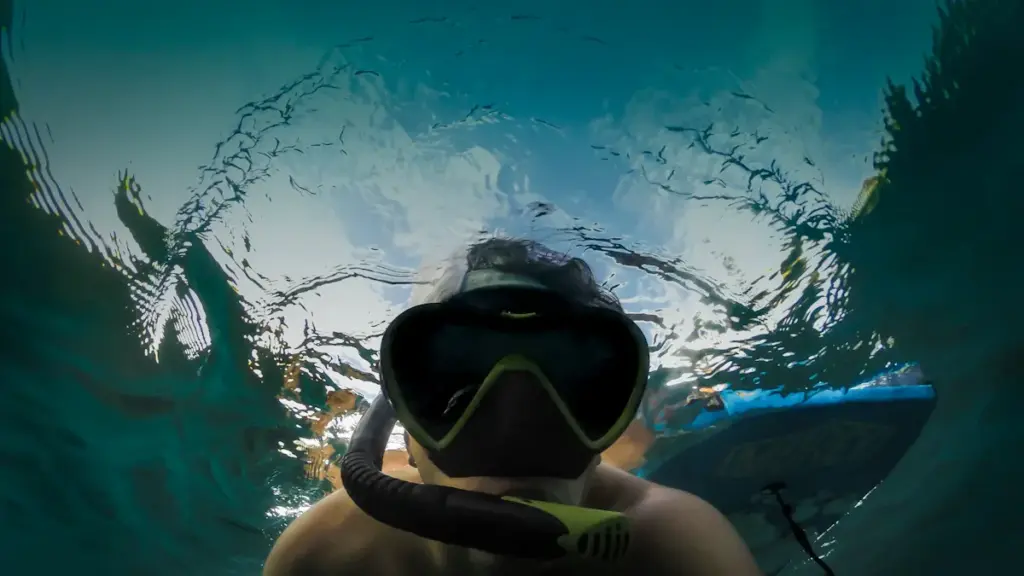
6. Full-Face Diving Masks: Integrated Breathing and Communication
Principais características:
- Covers entire face
- Built-in snorkel or regulator
- Allows natural nose and mouth breathing
- Can include communication systems
Melhor para: Professional divers, instructors, military, and underwater communicators
Full-face diving masks cover the entire face, combining vision and breathing apparatus in one unit. This design allows natural breathing through both the nose and mouth without a separate mouthpiece, reducing jaw fatigue. Many models include built-in snorkels and can be equipped with communication devices, making them ideal for professional or instructional diving. While offering superior protection and comfort, these masks are bulkier and require a precise fit to maintain a full seal, which is essential for safety and performance underwater.
7. Low Volume Diving Masks: Best for Freediving and Technical Dives
Principais características:
- Minimal internal air space
- Quick and easy to equalize
- Closer fit to the face
Melhor para: Freedivers, spearfishers, cave divers
Low volume masks are characterized by their compact size and minimal internal air space. This close fit makes equalizing pressure underwater easier and quicker, which is crucial during freediving and technical dives. Their slim profiles reduce drag and improve underwater maneuverability. Soft silicone skirts provide a secure and comfortable seal, adaptable to different face shapes. These masks typically have excellent breathability due to the tight fit, but sizing must be accurate to avoid leaks or discomfort.
8. High Volume Diving Masks: Comfort and Panoramic View
Principais características:
- Larger internal space
- Enhanced comfort for some users
- Often better ventilation and airflow
Melhor para: Casual divers and those who prefer roomier masks
High volume diving masks offer generous internal space, which some divers find more comfortable, particularly during longer dives. The larger lens area allows for a wider field of view, enhancing the diving experience. However, the increased air volume means these masks require more effort to clear water and equalize pressure. They tend to be bulkier and heavier than low volume masks, but the roomy fit and softer skirts can reduce facial pressure and discomfort, making them ideal for relaxed, recreational diving.
9. Prescription Diving Masks: Clear Vision Below the Surface
Principais características:
- Custom or pre-made corrective lenses
- Single or dual lens formats available
- Often more expensive
Melhor para: Divers with myopia, hyperopia, or astigmatism
Prescription diving masks are specially designed or modified to include corrective lenses that match a diver’s vision needs. These masks maintain the essential fit and sealing qualities of standard masks while providing clear underwater vision without the hassle of contacts or separate inserts. Typically available as dual lens designs to accommodate lens replacement, prescription masks balance visual clarity with comfort and low internal volume. Though they tend to be pricier, they offer a safer and more enjoyable diving experience for vision-impaired users.
10. Kids’ and Specialty Diving Masks: Designed for Unique Needs
Principais características:
- Smaller sizes for children
- Soft silicone for sensitive skin
- Colorful designs, sometimes integrated with snorkels
Melhor para: Children, beginners, or individuals with unique facial features
Kids’ and specialty diving masks are crafted with smaller, softer silicone skirts and reduced lens sizes to fit youthful or uniquely shaped faces comfortably. Many include vibrant colors and playful designs to encourage young divers. Specialty masks may address specific requirements, such as hypoallergenic materials or wider skirts for broader faces. While these masks might lack advanced features, their tailored fit and ease of use make them perfect for new divers or those needing customized sizing, ensuring safety and enjoyment underwater.
Pros and Cons of Each Diving Mask Type Compared
When choosing the perfect diving mask, it’s important to weigh the advantages and disadvantages of each type. Below is a comparative overview of the main pros and cons of the 10 different diving mask styles, helping you decide which best fits your diving needs and preferences.
| Tipo | Prós | Contras |
| Single Lens | Wide view, simple design | No prescription options |
| Dual Lens | Compact, prescription-compatible | Slightly reduced central view |
| Tri Lens | Panoramic vision | Higher volume and more drag |
| Frameless | Lightweight, travel-friendly | Less durable |
| Framed | Sturdy, easy to repair | Bulkier |
| Full-Face | Integrated breathing, no mouthpiece needed | Bulky, expensive, not for freediving |
| Low Volume | Easy to equalize, great for freediving | Limited field of view |
| High Volume | Comfortable, open feel | Harder to equalize and clear |
| Prescription | Clear underwater vision | Costlier, fewer design choices |
| Kids’/Specialty | Tailored fit for unique needs | Limited availability, not always durable |
How to Choose the Right Type Based on Your Diving Style
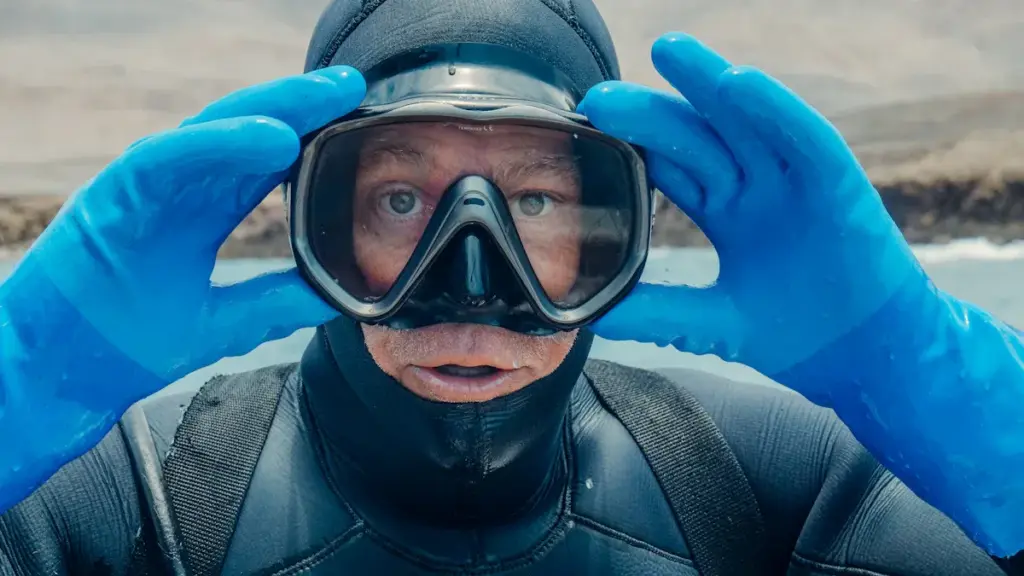
Selecting the perfect diving mask depends heavily on your specific diving style and personal preferences. Here are five key factors to consider when making your choice:
Face Shape and Fit
A proper fit is essential for comfort and preventing leaks. Different mask types and skirt designs suit various face shapes, so try masks on to find one that seals securely without pressure points.
Internal Volume
Low volume masks are ideal for freediving and technical diving because they require less effort to equalize. High volume masks may be more comfortable for casual diving but need more air to clear.
Vision Needs
If you wear glasses or need vision correction underwater, dual lens or prescription masks that accommodate corrective lenses are crucial for clear vision.
Diving Environment
Consider the type of dives you do—full-face masks offer protection and communication for professional or cold-water diving, while frameless masks are great for travel and technical dives due to their lightweight design.
Comfort and Breathability
Look for masks with soft, high-quality silicone skirts that provide a comfortable seal. Good airflow reduces fogging and improves overall dive enjoyment.
By weighing these factors against your diving habits, you can choose a mask that enhances both performance and comfort underwater.
Care, Maintenance, and When to Replace Your Diving Mask
To extend the lifespan of your diving mask:
- Rinse with fresh water after every dive.
- Avoid direct sunlight when drying.
- Store in a cool, dry place, preferably in a protective case.
- Defog before each dive using defog solution or mild baby shampoo.
- Inspect seals and straps regularly for wear and tear.
Replace your mask if:
- The skirt begins to crack or yellow.
- The lens is scratched and affects visibility.
- You experience persistent leaks despite proper fit.
By understanding the different types of diving masks and their applications, you can confidently choose the right one that enhances your diving performance and comfort. As a swimming equipment manufacturer, we recommend investing in quality materials, especially medical-grade silicone skirts and tempered glass lenses, for long-term reliability and safety.
Perguntas frequentes
Can you wear glasses under a dive mask?
You cannot wear regular glasses under a máscara de mergulho. You should use prescription lenses or contact lenses for clear underwater vision.
How do you stop a mask from fogging up?
You can use anti-fog spray or rub a small amount of baby shampoo inside the mask. Rinse before you dive for a clear view.
What should you do if your mask leaks during a dive?
Stay calm. Tilt your head back, press the top of the mask, and blow out through your nose to clear water. Practice this skill before diving.
